Raised beds and tree roots
Sarah Millson
6 years ago
Featured Answer
Sort by:Oldest
Comments (35)
Related Professionals
Forest Acres Landscape Architects & Landscape Designers · Saint Louis Park Landscape Architects & Landscape Designers · Harvey Landscape Architects & Landscape Designers · Hartford Landscape Contractors · Woburn Landscape Contractors · Concord Landscape Contractors · North Haven Landscape Contractors · Olympia Landscape Contractors · West Allis Landscape Contractors · Vadnais Heights Landscape Contractors · Independence Siding & Exteriors · Liberty Siding & Exteriors · Athens Decks, Patios & Outdoor Enclosures · Meridian Decks, Patios & Outdoor Enclosures · Racine Decks, Patios & Outdoor EnclosuresSarah Millson
6 years agoSarah Millson
6 years agoSarah Millson
6 years agoSarah Millson
6 years agoSarah Millson
6 years agosummersrhythm_z6a
6 years agoSarah Millson
6 years agoSarah Millson
6 years agoSarah Millson
6 years agoSarah Millson
6 years agoSarah Millson
6 years agoSarah Millson
6 years agoSarah Millson
6 years agosummersrhythm_z6a
6 years agoSarah Millson
6 years agoSarah Millson
6 years agoSarah Millson
6 years agoSarah Millson
6 years agoEmbothrium
6 years agolast modified: 6 years agoSarah Millson
6 years ago
Related Stories

FARM YOUR YARDHow to Build a Raised Bed for Your Veggies and Plants
Whether you’re farming your parking strip or beautifying your backyard, a planting box you make yourself can come in mighty handy
Full Story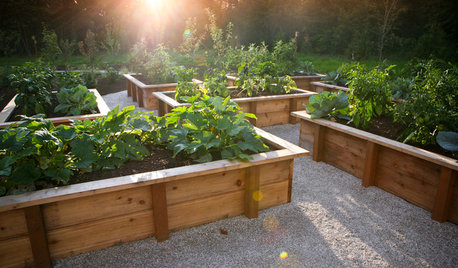
GARDENING AND LANDSCAPINGRaised Beds Lift Any Garden
From good old-fashioned wood garden boxes to modern metal troughs, raised beds can make any landscape space look great
Full Story
SPRING GARDENINGInspiring Raised Beds for Fall and Spring Planting
Make Your Next Vegetable Garden Even Better with Beautiful Boxes and Paths
Full Story
GARDENING AND LANDSCAPINGBuild a Raised Bed to Elevate Your Garden
A bounty of homegrown vegetables is easier than you think with a DIY raised garden bed to house just the right mix of soils
Full Story
GARDENING GUIDES8 Materials for Raised Garden Beds
Get the dirt on classic and new options for raised vegetable and plant beds, to get the most from your year-round garden
Full Story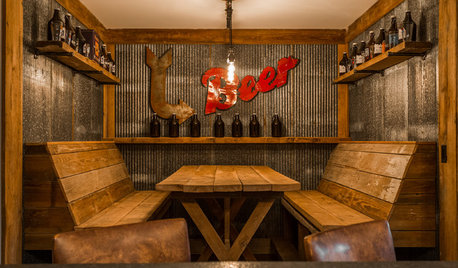
LIFEThis Weekend: Raise a Stein, Plant a Tree, Make a Casserole
Dive into fall pleasures with an Oktoberfest gathering, a beautiful new tree or a double batch of comfort food
Full Story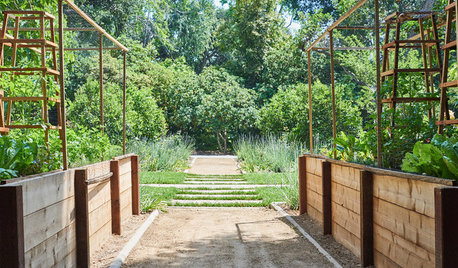
EDIBLE GARDENS7 Tips to Ensure Success With Raised Bed Gardening
Raised bed gardening is a favorite for edible plants. Here’s how to get it right
Full Story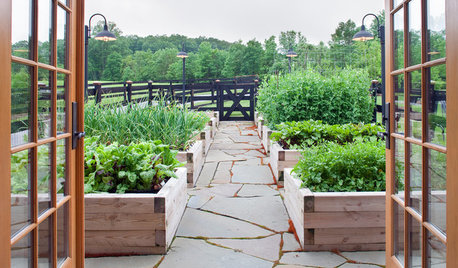
FARM YOUR YARDRaised Beds for Every Garden Style
There’s a raised bed design for every landscape, from traditional to contemporary
Full Story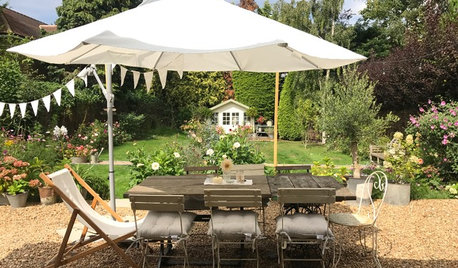
INSPIRING GARDENSBefore and After: English Cottage-Style Garden Takes Root
A blogger shares money-saving tips as she walks us from designing the flower beds to building the greenhouse
Full Story
ARTThe Beauty of Bonsai — Living Art, Rooted in Harmony
Create your own emblem of nature's balance with an art form dating back 1,000 years
Full Story







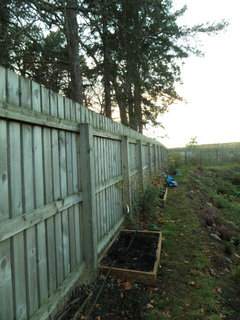
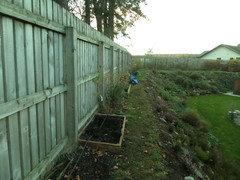




Embothrium